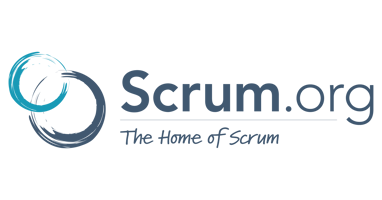Scrum
1M
354

Image Credit: Scrum
How to Craft Effective Product Experiments
- Crafting product experiments is crucial for deriving meaningful insights, reducing uncertainty and making data-driven decisions.
- The key features for a successful product experiment include defining objectives, formulating hypotheses, and choosing the right experimentation techniques.
- Crafting experiments thoughtfully is essential to avoid flawed results, incorrect takeaways, and wastage of resources.
- The right techniques include A/B testing, multivariate testing, usability testing, paper prototyping, wizard of oz experiment, concierge MVP, pre-order page, and feature fake.
- The choice of technique depends on the product stage, budget, and the type of insights sought.
- Experiments need measurable outcomes, success criteria, a structure and scope that includes deciding on sample size, duration, control group, and identification of the variables to test,
- It is essential to control all possible variables, isolate them, and prevent bias to receive accurate conclusions.
- After running the experiment, analyze the results against the success criteria, document findings, and evaluate whether further iterations are needed.
- Experiments create a learning cycle, where a successful one leads to a new hypothesis, while an unsuccessful one leads to useful feedback and insights.
- Through experimentation, product development becomes more data-driven and cost-effective, leading to smarter and more efficient product evolution.
Read Full Article
21 Likes
For uninterrupted reading, download the app